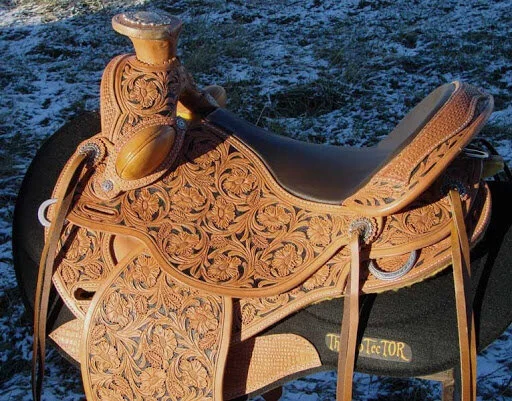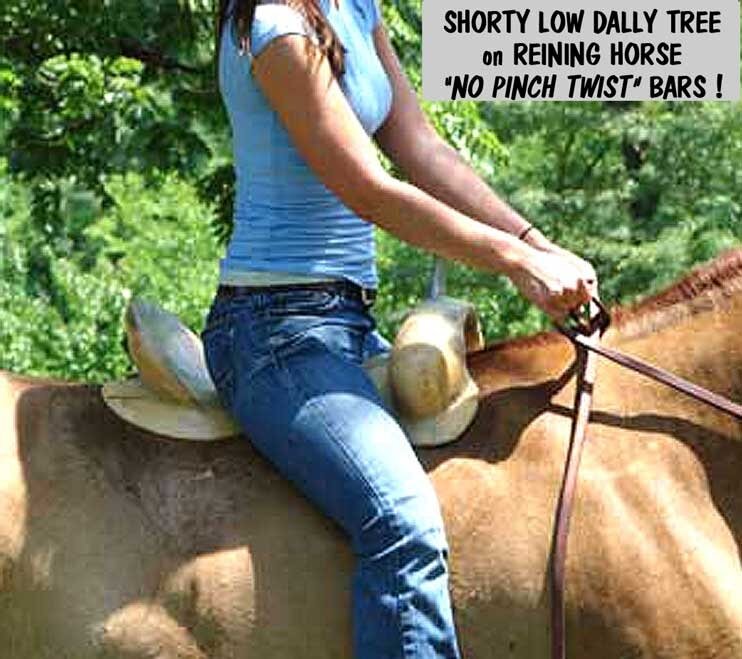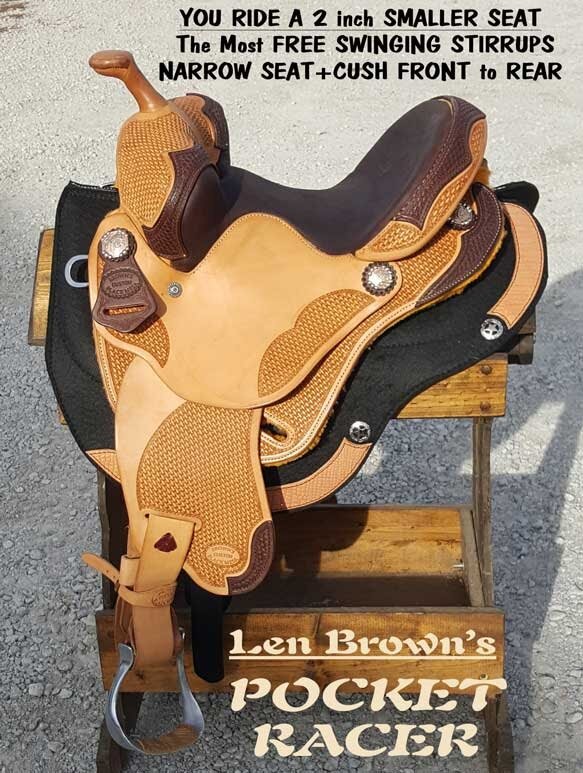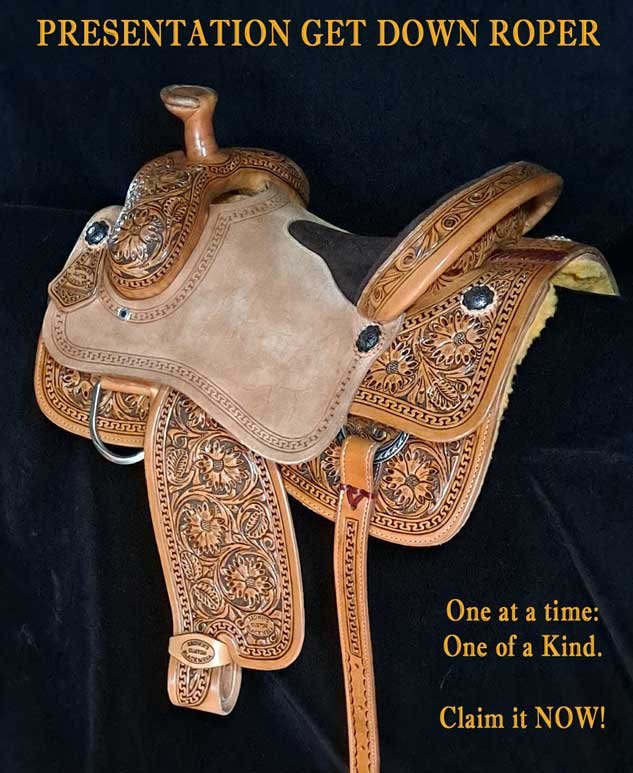
There are some of my saddles below. Basic options you can find in the store along with Video on each model. Len will advise you as to the DROPPED TRAPEZOID LOOPS FOR A LEGS UNDER RIDE. Short leg riders love them. The store has the 50% DEPOSIT PRICE to start the build on your saddle. CALL LEN to finish or plan your order & get the custom options you desire.
Saddles By Len Brown










No Loss Purchasing Plan for Saddle & Pad Orders
Within 30 days after receiving your saddle if it doesn’t meet your expectations, you can trade it back for another saddle. What you have spent on your saddle will be applied to the new model of equal or greater value. You are responsible for the return shipping to orthoflex saddle company. Len will pay for shipping the new saddle back to you. Repairs or replacements are at the full discretion of Len Brown. Call to get an authorized return number from Len. Unauthorized saddle shipments will not be accepted.
For Protector Pads there is a 30-day trial period. There is a 20% restocking fee for returns. Size adjustment for cinches. Call for an authorization # we do size replacements.
Cinch Size Replacement
Within 2 Weeks of receiving your cinch you can exchange it for a different size. Call for a return authorization # ship your cinch to us & we will send your new cinch back to you.














